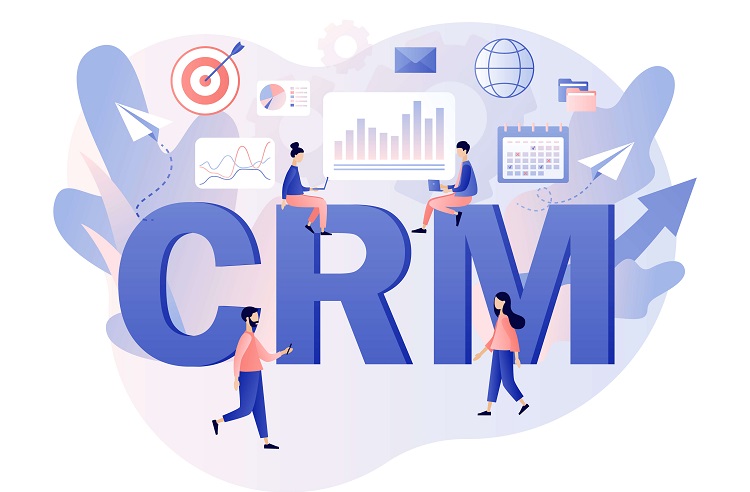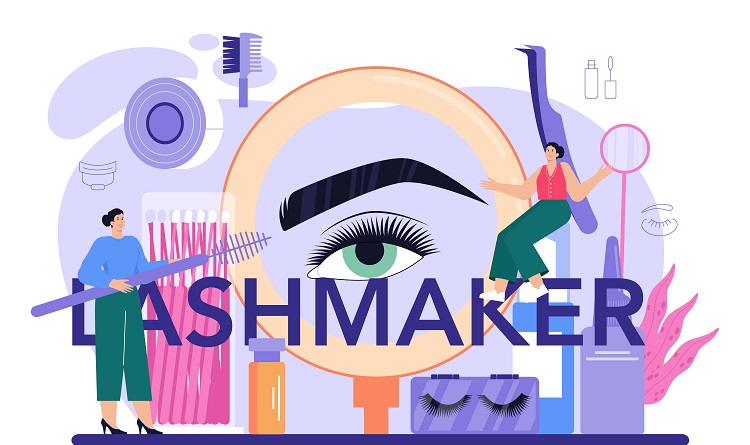We’ll also discuss the importance of user onboarding for a product’s success and offer some best practices to follow. So read on, and learn everything you need about user onboarding!
Why is user onboarding so important?
User onboarding is the process of helping new users understand and use your product. It’s a crucial part of the user experience and can make or break a product’s success. A product with poor user onboarding will likely see high levels of user churn (the percentage of users who stop using a product within a certain period). On the other hand, a product with excellent user onboarding can see high levels of user retention and engagement.
How should you approach user onboarding?
There are many approaches to user onboarding, but one of the most effective is a data-driven approach. This means using data to understand how users are using your product and then using that data to improve the user onboarding process. Here are some tips for taking a data-driven approach to user onboarding: You can also use SaaS onboarding software to help you take a data-driven approach to user onboarding. These tools can track user behavior and offer insights into how to improve the user onboarding process.
Tips for implementing effective user onboarding
Keep it simple
Make sure your user onboarding is easy to understand and follow. Try to keep it simple, concise, and visually appealing. This will help new users get up to speed quickly and make the transition into your app as smooth as possible. And it’s all in the details. Videos or Looms are more efficient than scheduling face-to-face time, but how can you make those videos even better? You could use an auto subtitle generator to easily create captions that can be added to videos, making them easier to follow and understand. This can be extremely helpful in onboarding new employees and can reduce the amount of time spent on training. Not only can these captions be used to explain more complex concepts, but they can also help to bridge language barriers by providing translations. Use this level of detailed thinking in every step of the process, and you’ll design a perfect onboarding experience.
Start slow
Start by introducing key features of your product with a few short tutorials or videos. This way, you can gradually introduce more complicated concepts while still keeping things easy for new users. You can also provide tips on how users can best use your product once they’ve become familiar with its basics.
Stick to natural contexts
Make sure your user onboarding messages are tailored to the specific context in which they’ll be used. For example, if you have a registration form, make sure your welcome message includes details about how to complete the form and where to find additional help.
Give users plenty of opportunities to ask questions
Keep the feedback loop open
Make it easy for users to give feedback about how your product works or what could be improved. This will help you enhance the experience for all your users and ensure they have the best possible experience using your app.
Conclusion
User onboarding is an essential part of any successful digital product. It’s a crucial part of the user experience and can make or break a product’s success. To improve your user onboarding process, keep it simple, personal, and consistent. You should also be transparent about your product’s work and encourage users to provide feedback. Finally, track the success of your user onboarding process using metrics such as user retention, A/B testing, and customer feedback. This will help you ensure that your efforts are paying off and that your users have a positive experience using your product. About




